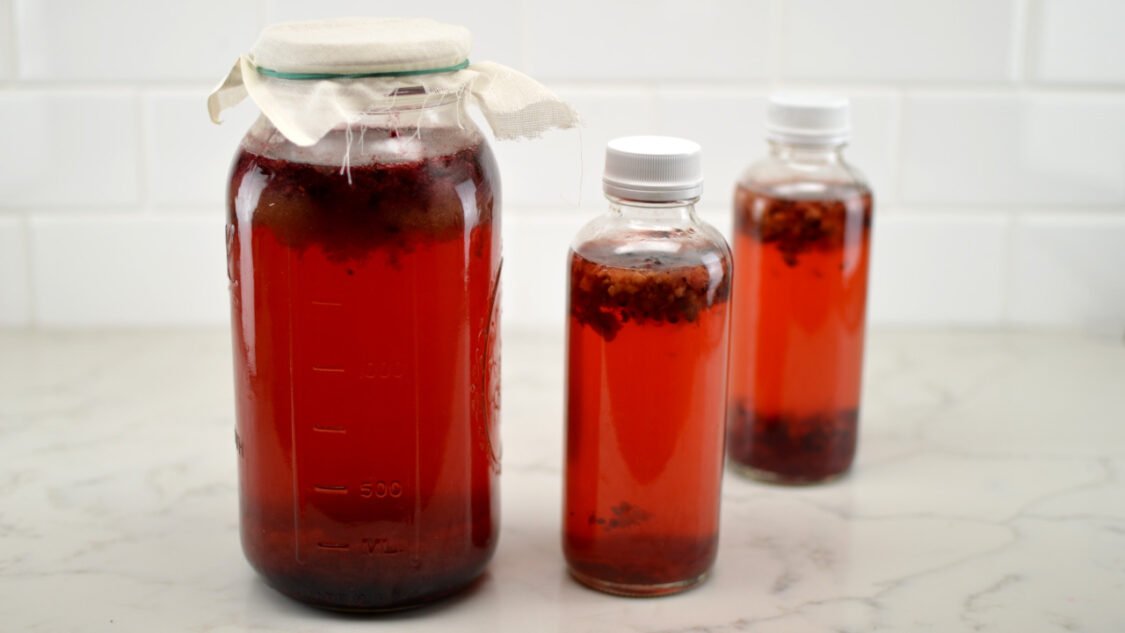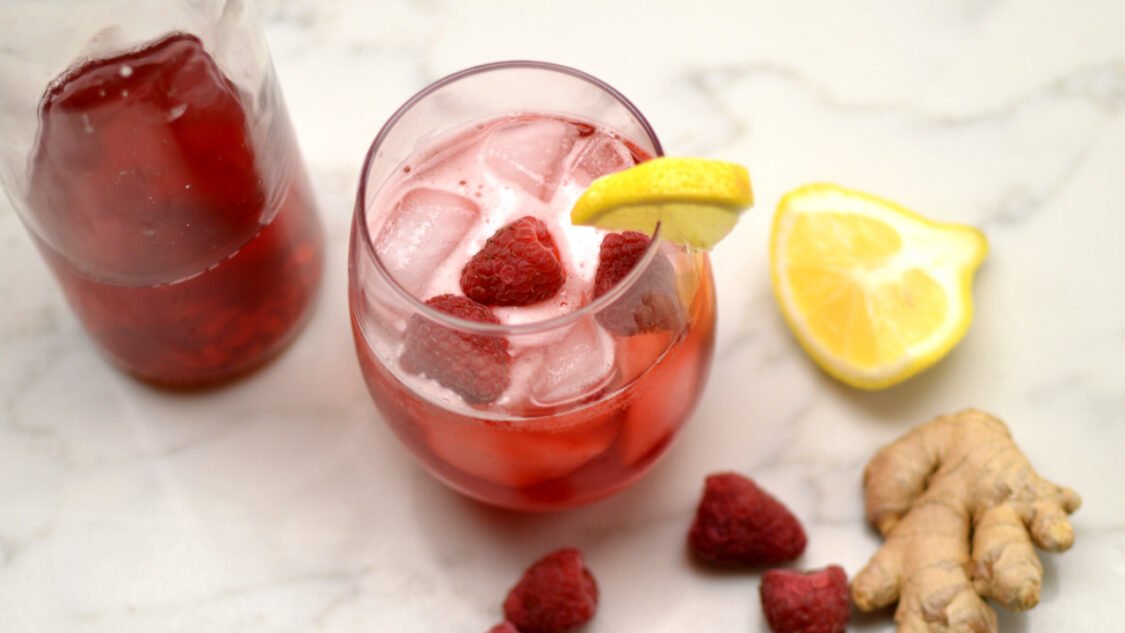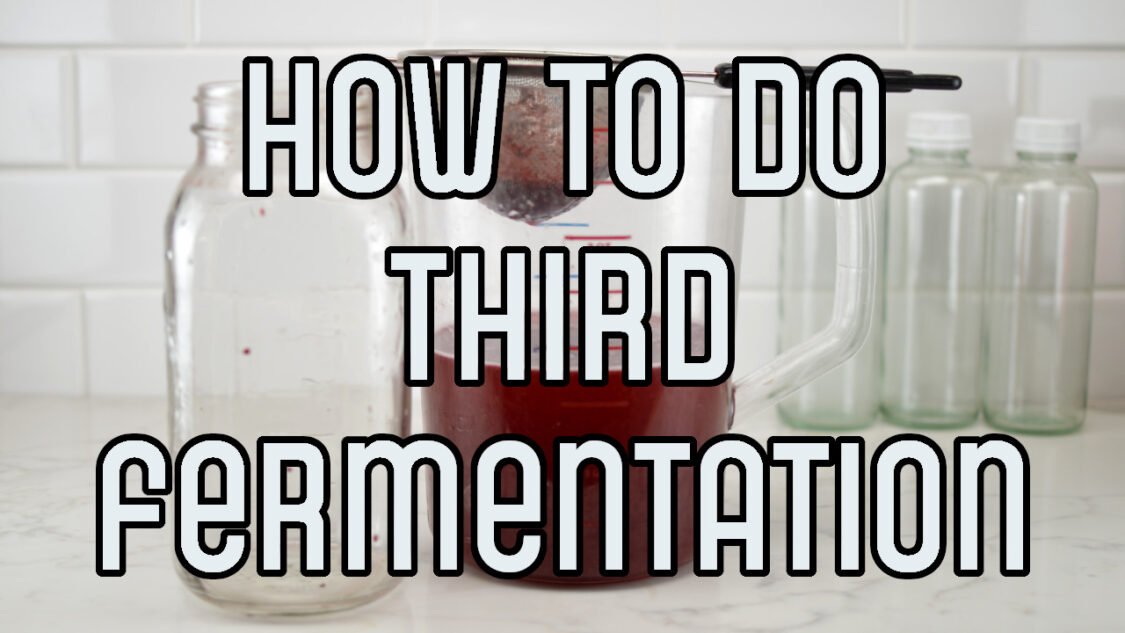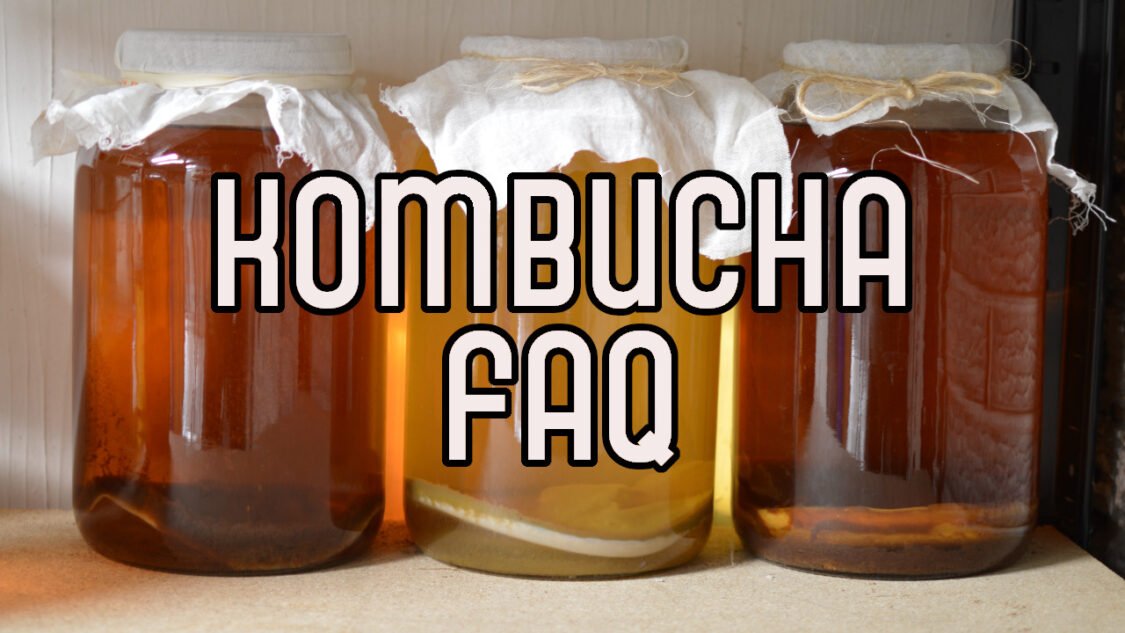What is Kombucha?
Kombucha has been around for thousands of years and recently became popular in Europe and America but what is Kombucha?

What is Kombucha?
Kombucha is a fizzy sweet-and-sour drink made with sweetened tea. It has been around for nearly 2,000 years, originating in China and then spread to Japan and Russia.
Kombucha became popular in Europe in the early 20th century and sales in the United States are on the rise due to its reputation as a health and energy drink. Many people love the taste and benefits of it but have you wondered “what is kombucha?”
The History of Kombucha
In the Science Direct article called “Kombucha: A Review” we learn that the fermented tea is believed to have been used for the first time in East Asia for its therapeutic benefits in BC 220. Kombucha originated in northeastern China (Manchuria), where it was adopted during the Tsin Dynasty.
In 414 CE, a doctor named Kombu took this fermented tea to Japan and he used it to cure the digestive problems of Emperor Inkyo, hence the name “Kombucha” or “Kombu tea”.
It then spread to Japan and Russia. It became popular in Europe in the early 20th century. Sales in the United States are on the rise because of its reputation as a health and energy drink. Juices, spices and fruits or other flavorings are often added after fermentation.
Taste of Kombucha
Kombucha has a taste uniquely its own. It’s a bit tangy and slightly sweet, similar to sparkling apple cider but with a more pronounced sour taste. Depending on the added flavors, it can even taste fruity, floral, spicy, or herbaceous.
Finished kombucha doesn’t taste like brewed tea anymore. Homemade kombucha can be mildly sweet or mouth-puckeringly sour. People all over the world enjoy the unique taste of kombucha and consume it frequently.

How Kombucha is Made
Kombucha is made by fermenting a sugar sweetened tea using a symbiotic culture of bacteria and yeast (SCOBY) commonly called a “mother” or “mushroom”. This SCOBY is similar to the mother of vinegar and microbial composition and populations in a SCOBY vary.
The yeast component generally includes Saccharomyces cerevisiae (the same yeast family that makes beer), along with several other species. The bacterial component usually includes Komagataeibacter xylinus which oxidize the yeast-produced alcohols to acetic acid and other acids. The living bacteria in kombucha are said to be probiotic, with health benefits contributing to the popularity of the drink.
Biological Processes that create Kombucha
The population of bacteria and yeasts that produce acetic acid increases for the first 4 days of fermentation, decreasing thereafter. The primary bacteria present, K. xylinus, produces bacterial cellulose, and is responsible for the physical structure of the “mother”.
Kombucha mothers may have been selectively encouraged over time for firmer and more vigorous cultures by kombucha brewers. The acetic acid bacteria in kombucha are aerobic, meaning that they require oxygen for their growth and activity. These bacteria initially migrate and assemble at the surface of the fermenter followed by excretion of bacterial cellulose that comprises the SCOBY after about 2 days.
Chemical processes and composition of Kombucha
Kombucha is made by adding the kombucha culture into cooled sweetened tea. The sugar serves as a primary nutrient for the SCOBY that enables bacterial growth in the tea.
Sucrose is converted by the yeasts, biochemically, into fructose and glucose, and further converted in into gluconic acid and acetic acid. Kombucha also contains enzymes and amino acids, polyphenols, and various other organic acids which vary between cultures. It has also been found to contain ethanol, glucuronic acid, glycerol, lactic acid, usnic acid and vitamins B and C.
The alcohol content of kombucha is usually less than 0.5%, but increases with extended fermentation times. Over-fermentation generates high amounts of acids similar to vinegar. The pH of the drink is typically about 3.5
How is Kombucha different than Jun?
Jun, or Xun, can be thought of as a cousin of kombucha. Jun is composed primarily of green tea and honey, whereas kombucha is made of black tea and cane sugar.
The origin of Jun is unknown, once attributed to Tibet; however, green tea is unpopular in Tibet and the word does not exist in the Tibetan language. Many believe it is a recent divergence from the kombucha family tree.
Jun is brewed using a process similar to brewing kombucha. Green tea sweetened with honey is fermented by a symbiotic culture of bacteria and yeast (SCOBY). Juice, fruits, sweeteners, spices, and other flavors are commonly added to improve the final taste.
Jun has a sweeter taste than kombucha. Jun’s main ingredients, honey and green tea, have individually been shown to have positive effects on the human body.
How is Kombucha different than Kvass?
Kvass differs from kombucha in that it is cereal-based and not cane sugar based. Similar to kombucha it is a fermented beverage that contains a low amount of alcohol (0.5–2%). It’s appearance is slightly cloudy appearance, light-brown color and has a sweet-sour taste. It also may be flavored with berries, fruits, herbs and honey.
Kvass is a popular drink in Russia, Ukraine, Poland, Baltic countries and Finland.
Kvass originated in northeastern Europe, where the grain production was insufficient for beer to become a daily drink. Traditionally kvass is made from a mash obtained from rye bread or rye flour and malt soaked in hot water, fermented for about 12 hours with the help of sugar, baker’s yeast and lactic acid bacteria culture.
There is no SCOBY used for kvass, the yeast and bacteria do not create a pellicle and fermentation is completed much more quickly.
You might also want to check out Health Benefits of Kombucha and Kombucha Side Effects
Helping you learn to brew kombucha, find inspiration for new kombucha flavors and use kombucha to make kombucha mocktails




